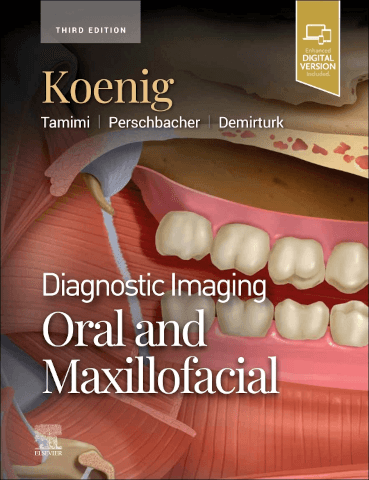
Breast Imaging Techniques for Radiographers
Description
Explains the correlation between anatomy and radiological anatomy.
Illustrates each step for correct positioning in mammography with related results.
Helps to understand the entire process of Breast MRI from sequence to data elaboration.
Additional information
|
Author(s):
Poggi | Poggi |
|
ISBN:
978-3-031-63313-3 | 978-3-031-63313-3 |
|
Publisher:
Springer | Springer |
|
Reviewed by:
Louise Cooper, consultant radiographer, Norfolk and Norwich University Hospital | Louise Cooper, consultant radiographer, Norfolk and Norwich University Hospital |
Publisher price: £63.99
The Poggi principles of mammography book is a comprehensive text that would be a beneficial tool for all trainee mammographers and healthcare professionals working in a breast imaging unit. It is an exhaustive publication covering all aspects of breast imaging, delivered in an easily accessible format.
The reader should consider that the source of the publication is Italian. Therefore, there are aspects of the book that do not translate to UK clinical practice. The numerous references relate to European practice and statistics with little or no reference to UK practice. However, with this in mind there are many aspects of mammographic practice that are universal and, providing the reader acknowledges the differences, the book successfully delivers this information in abundance.
‘The Poggi method’ is the final chapter of the publication. This chapter is the author’s established method for teaching mammographic technique. It is my opinion that, while it is helpful for trainees to have a guide to mammographic positioning, the technique itself cannot be catalogued. The description of the different techniques will of course be helpful for trainees, but I do not believe mammography requires a new rigorous guide to positioning from a text.
The book itself contains supportive, accessible images and diagrams that enable the reader to navigate through the text with ease, allowing for a more user-friendly learning experience.
Fortunately, the text successfully includes both radiographic and emotional aspects of breast imaging. This is a contrast to many mammography textbooks that often concentrate on the technical aspects of the speciality and miss the valuable patient-focused approach. The coverage of patient communication and care is a welcome and valuable addition to the book.
In summary, the Poggi text would make an excellent addition to any breast imaging unit as a learning source for both trainee and qualified mammographers alike.
To purchase this title at our discounted rate email: katherine@radmagazine.com.



